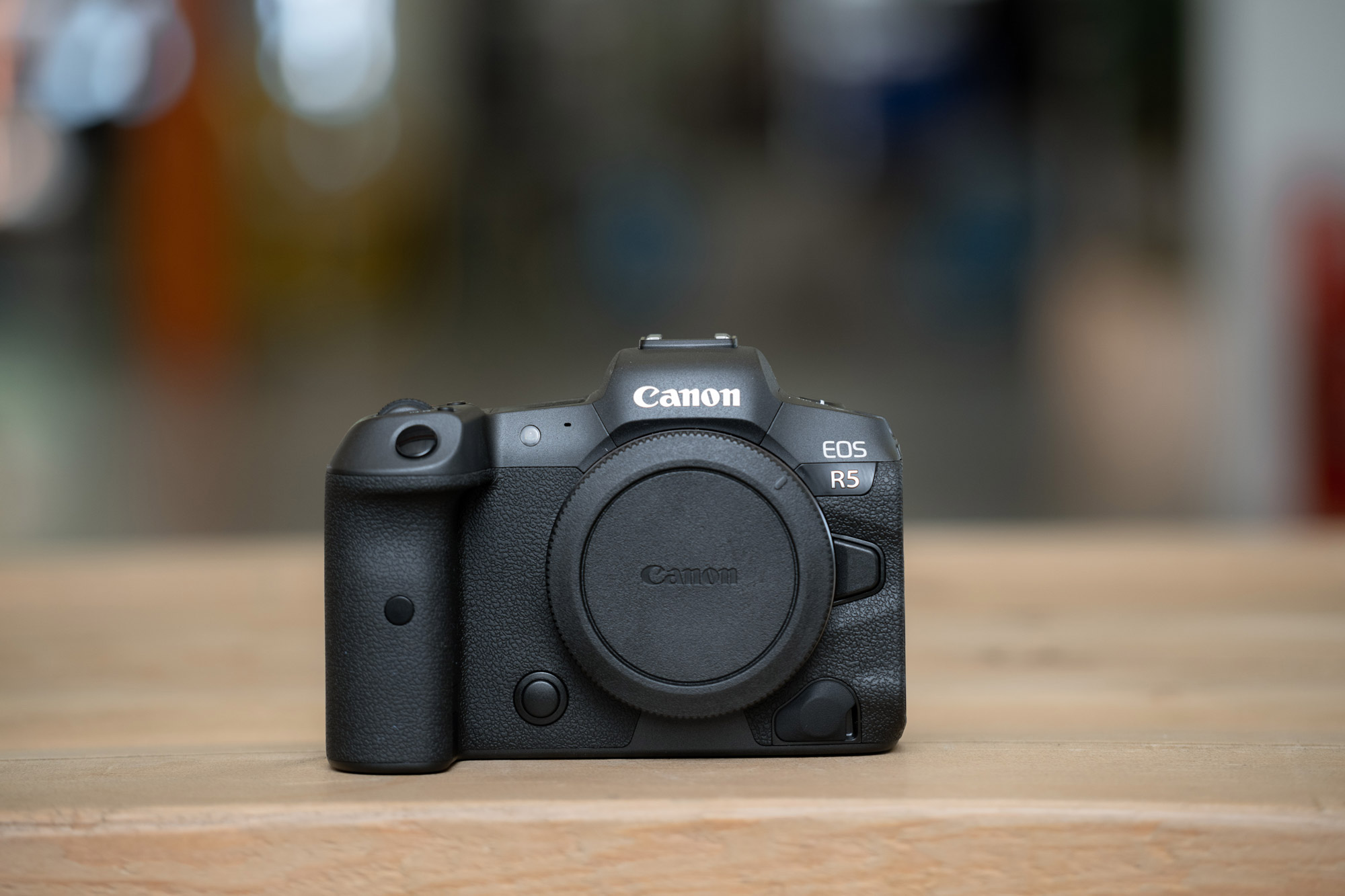
Selects: Top 7 Pro Camera Bodies for Olympic Sports Photography
Published March 12, 2025 by MPB
In press-pit photos from the 2020 Tokyo Olympic Games, we spotted photographers using a wider range of camera gear than you'd expect. There were plenty of Canon's iconic white lenses, but some from Nikon, too. And we even noticed some photographers had switched to mirrorless. Today, those same cameras are now available at a lower price. So if you're looking to achieve professional-quality sports photography, you can shoot using the same camera gear as the pros.
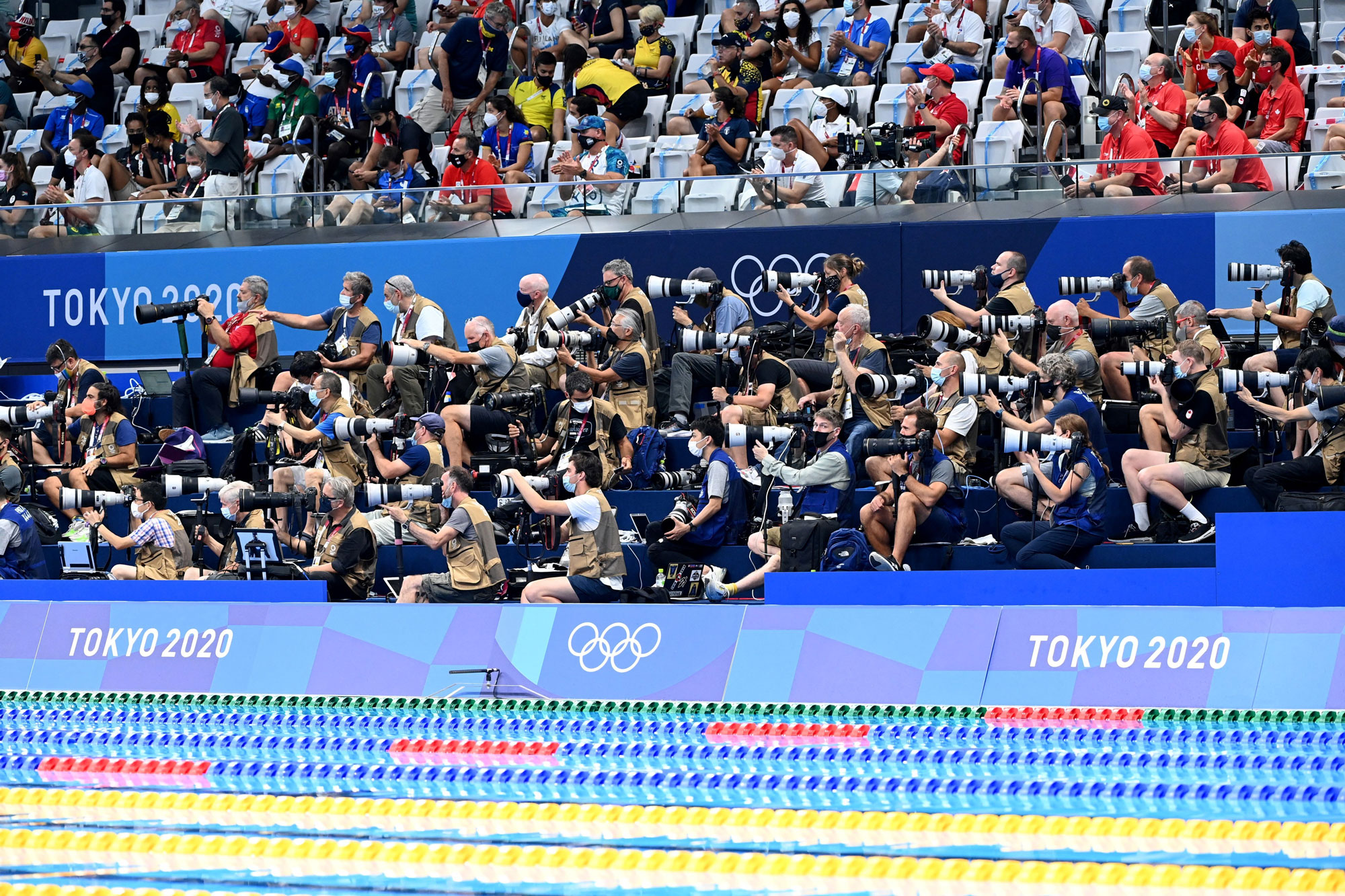
Attila Kisbenedek | Getty | Press pit at the 2020 Tokyo Olympics
This article explores our top seven professional-level sports photography camera bodies, including:
Canon EOS 1DX Mark II
Nikon D5
Sony A9
Canon EOS 1DX Mark III
Nikon D6
Sony A9 II
Canon EOS R5

1. Canon EOS 1DX Mark II
A veritable stalwart of the pro world. With phenomenal ergonomics making its considerable weight feel great in the hand, this has been Canon’s premier pro shooter for many years. Capable of a class-leading 14 frames-per-second from its full-frame 20.2-megapixel sensor, the Canon EOS 1DX Mark IIcemented Canon’s reputation for creating top-tier professional camera gear.
While the Mark III has since superseded the Mark II in the DSLR world, many pros feel this is all they will need. For them, it’s so good that there’s little value in upgrading. With a shutter rated to 500,000 shots, many would rather replace the shutter to keep this camera going—it feels like an extension of themselves. We would expect to see plenty of this model in rotation during the Olympics.
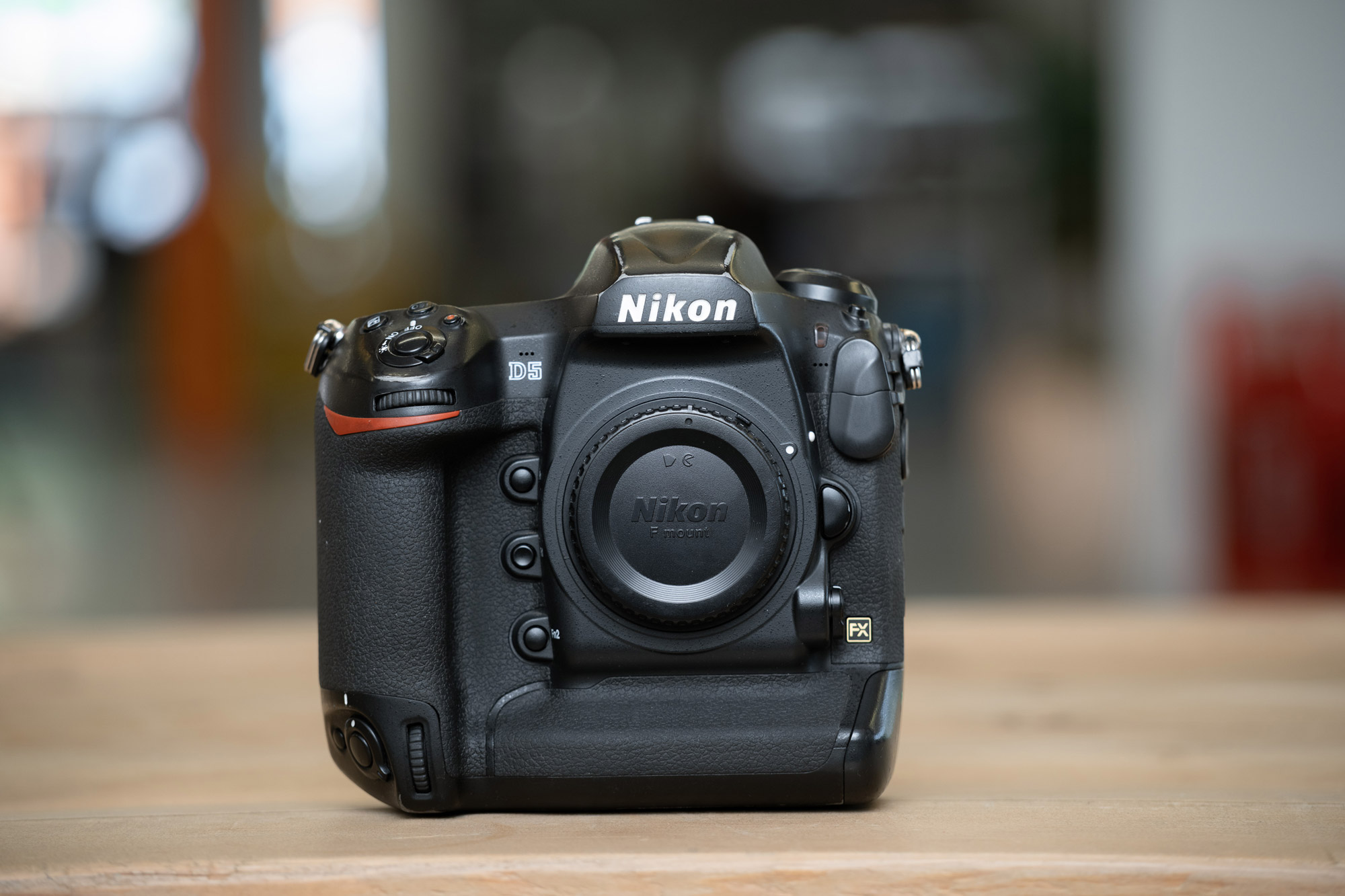
2. Nikon D5
For every model Canon releases, there’s an equivalent response from Nikon. And there is very little between the Canon EOS 1DX Mark II and the Nikon D5 Dual CF, only subtle differences and a different approach to things. With a 20.8-megapixel full-frame sensor, 12 frames-per-second shooting speed and lightning-fast autofocus, it’s no wonder the Nikon D5 quickly found a home in professional Nikon camera bags around the world. With legendary ergonomics and balance, this is a camera that always makes the shooting experience as comfortable as possible. Released in 2016, the Nikon D5 made a strong showing in Tokyo and is still a solid contender today.
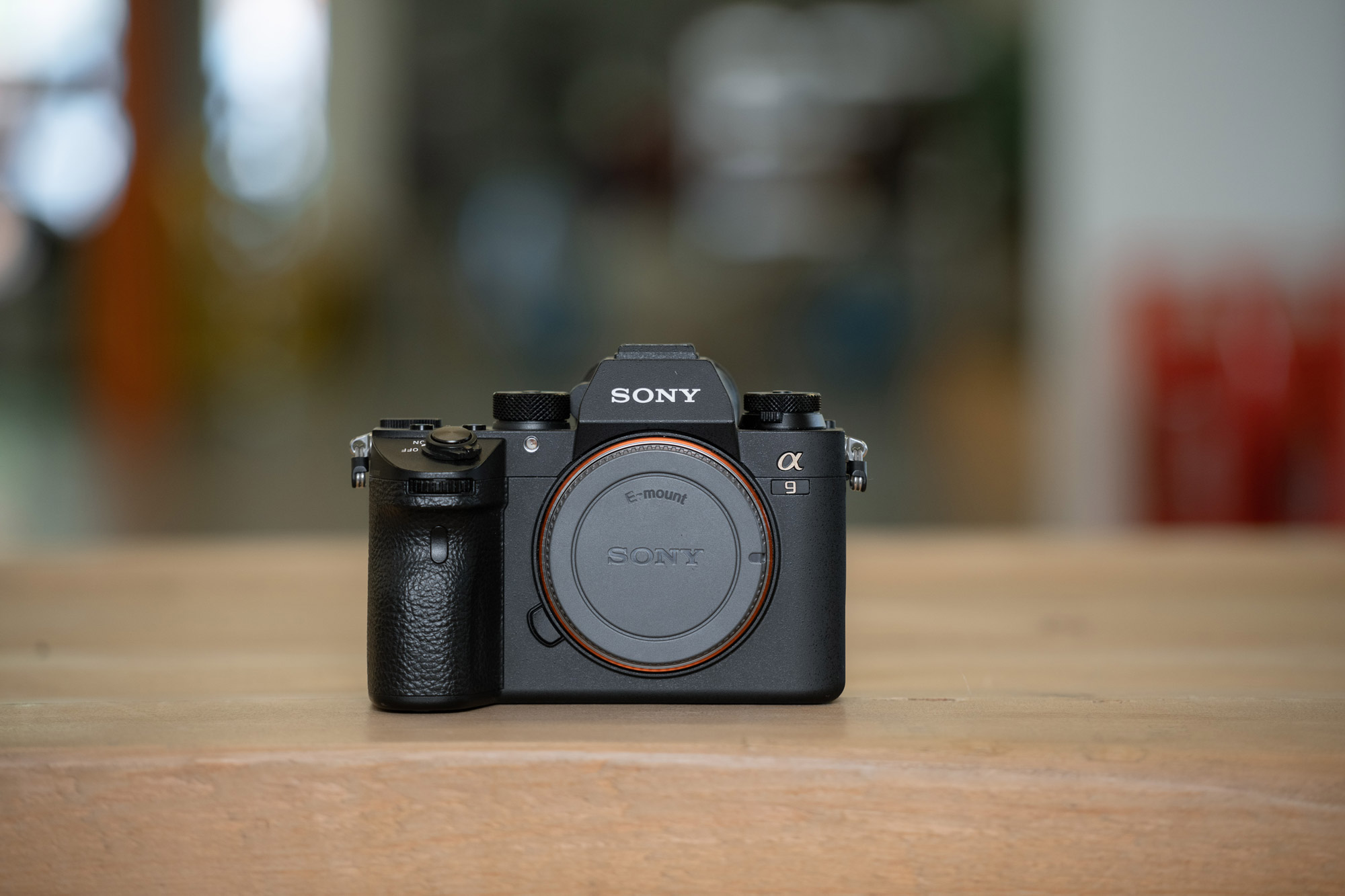
3. Sony A9
As mirrorless has now truly taken over, people look at the Sony A9 as the camera that turned the tide. This was the first mirrorless camera to really challenge pro DSLRs, by bettering—on paper—the specs of everything else on the market. The Sony A9 specs include a 24-megapixel full-frame sensor, 20 frames-per-second shooting speed and class-leading dynamic range, as well as top-level low-light shooting performance. Although now superseded by the Sony A9 II, the original Sony A9 can hold its own to create professional-quality sports photography.
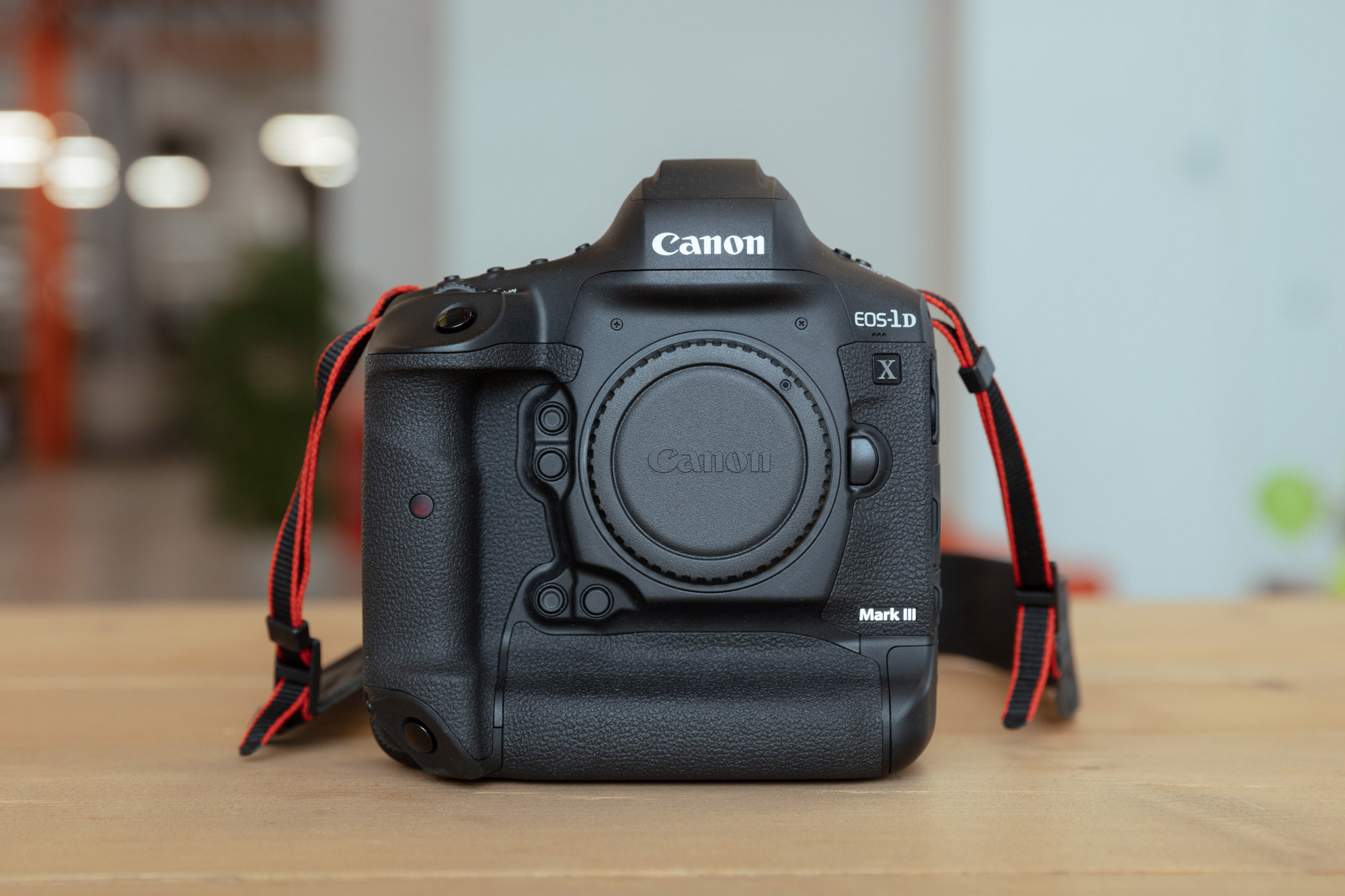
4.
The Canon EOS 1DX Mark III was the last DSLR Canon released, making way for their mirrorless cameras—like the Canon EOS R3, which made its debut in Tokyo (you can read our Canon R3 review here). The beauty of pro DSLRs is their dependability and reliability. Canon made these for years. Teamed with more than 30 years of Canon EF lenses, you get a pretty affordable setup for professional-level sports photography.
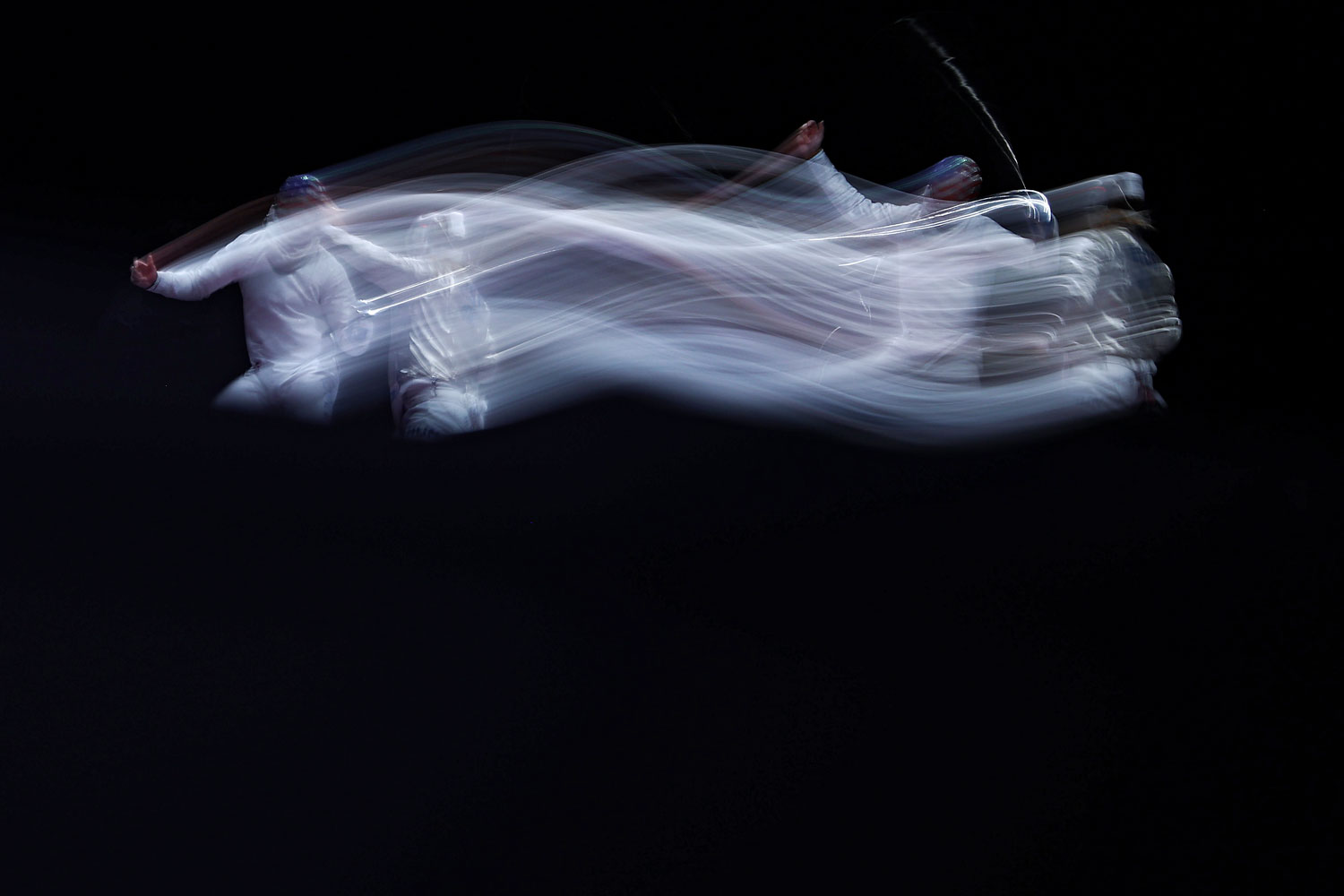
Patrick Smith/Getty Images
The Canon EOS 1DX Mark III is only a small upgrade over the Mark II, with resolution remaining almost unchanged with only a small increase in shooting speed and slightly better autofocus, thanks to an updated processor and sensor. For die-hard DSLR fans, this is a great choice that will run for many years to come.

5. Nikon D6
Much like the Canon EOS 1DX Mark III, the Nikon D6 was part of the last hurrah for Nikon pro DSLRs. With only a few upgrades from the Nikon D5, the D6 represents more of a refresh than an overhaul. With an increase from 12 frames to 14 frames-per-second shooting speed and more cross-type autofocus points, the Nikon D6 also benefited from faster processing speeds. It did, however, upgrade from two standard CF card slots to CF Express, in addition to two XQD slots. As with any Nikon pro body released over the last few decades, the Nikon D6 had a strong presence at the Games. You can find out more about the D6 in our article with entertainment photographer Samir Hussein.
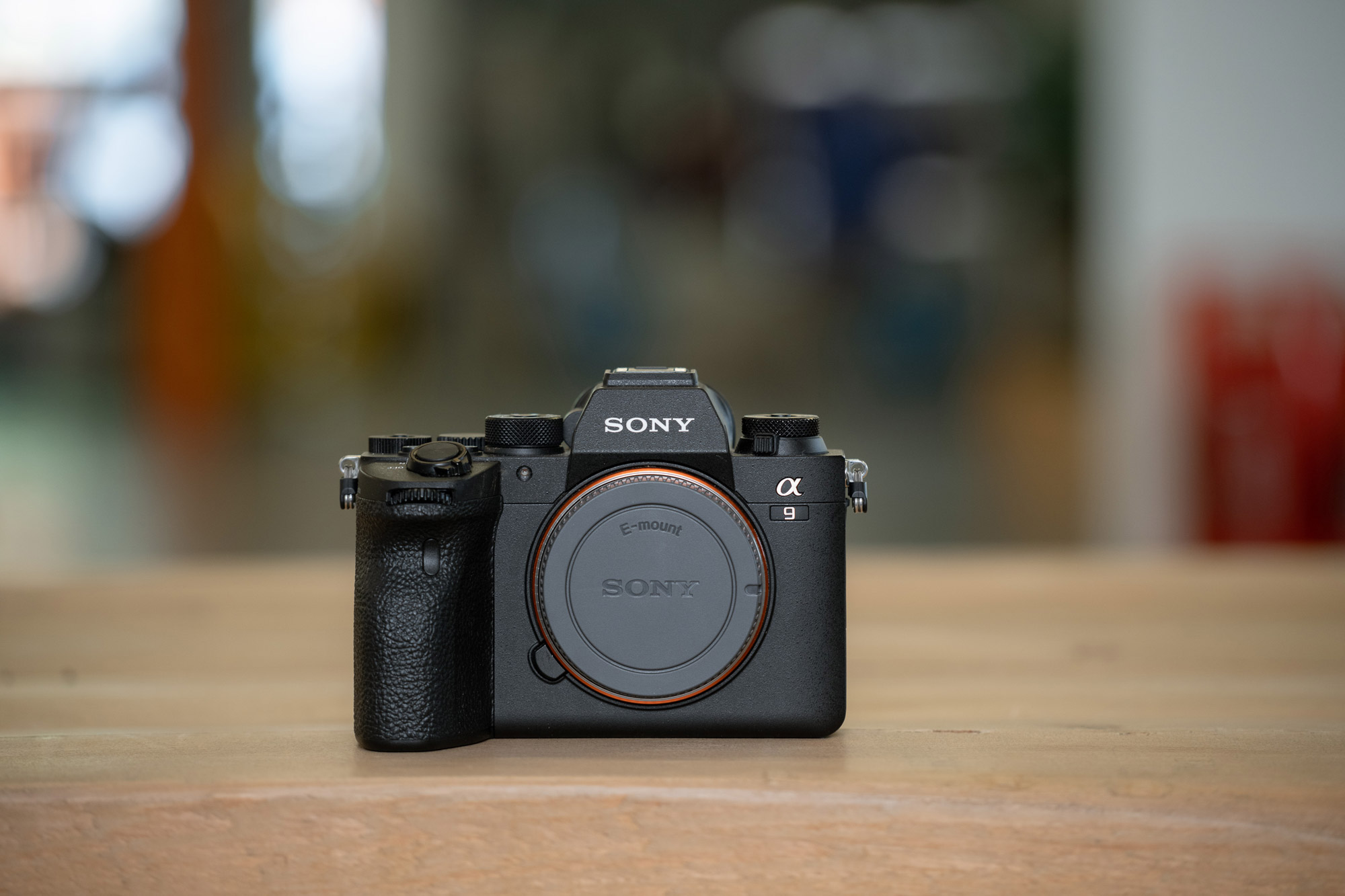
6. Sony A9 II
Following on from the original A9, Sony’s second iteration—the Sony A9 II—disappointed many people. There weren’t many changes to the image quality and autofocus. Still, this camera has benefitted from a few upgrades that make the Sony A9 II even better than the A9. A larger grip is always welcomed by pros, who aren’t fooled by low weight when it affects balance, stability and comfort. Connectivity is a big deal too, and the Sony A9 II adds FTPS connectivity for more secure transfers. Memory also gets a tweak, with both slots now accepting UHS II cards. The original Sony A9 was already so good we feel these upgrades demonstrated a real show of faith by Sony to secure its success in the mirrorless market.
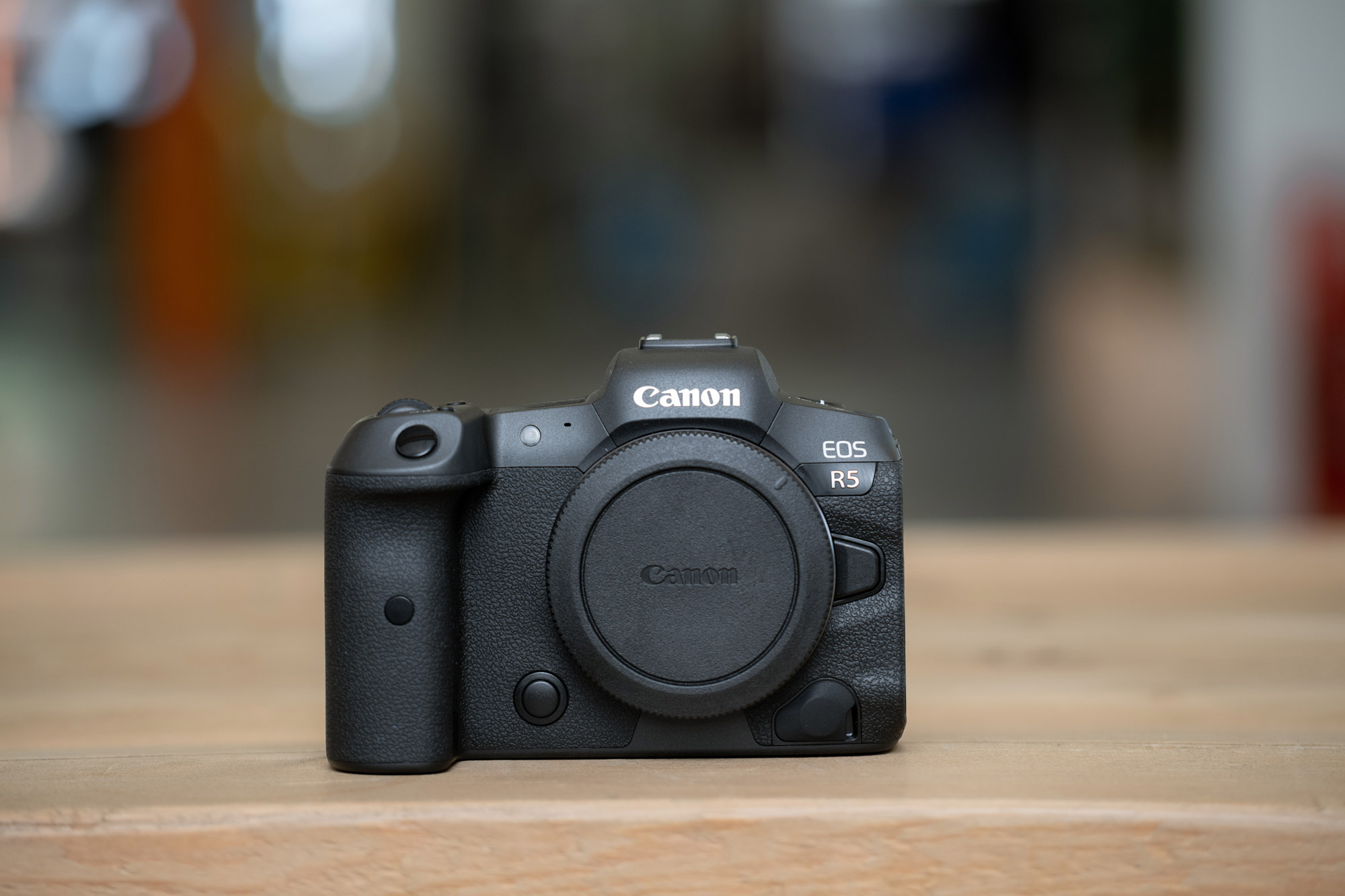
7. Canon EOS R5
The Canon EOS R5 is an adept camera for pro-level shooters. It has speed and great autofocus to keep pros happy, 20 frames-per-second shooting speed and 45-megapixel resolution to allow cropping. Add a battery grip, and the R5 makes a great shooting companion for any pros who need plenty of resolution.
Read our guide to sports photography, our overall best camera gear for sports, and more camera gear guides on the MPB Content Hub.
You can sell or trade your camera gear to MPB. Get a free instant quote, get free insured shipping to MPB and get paid within days.